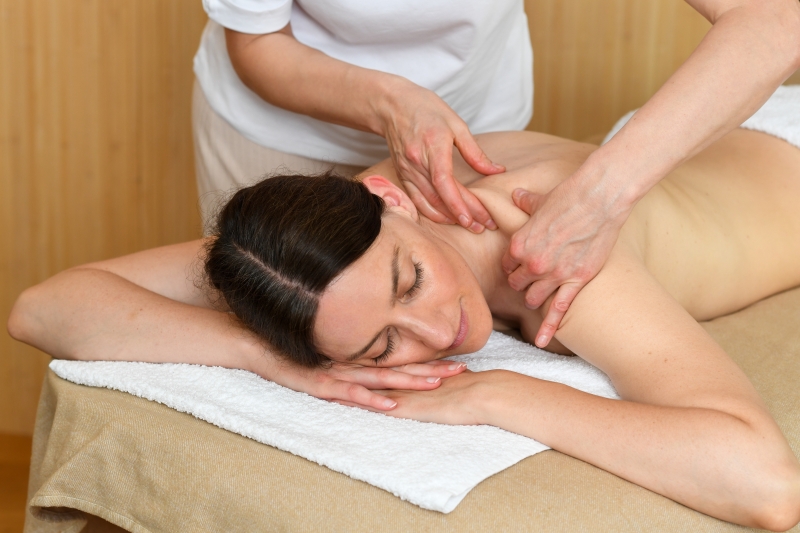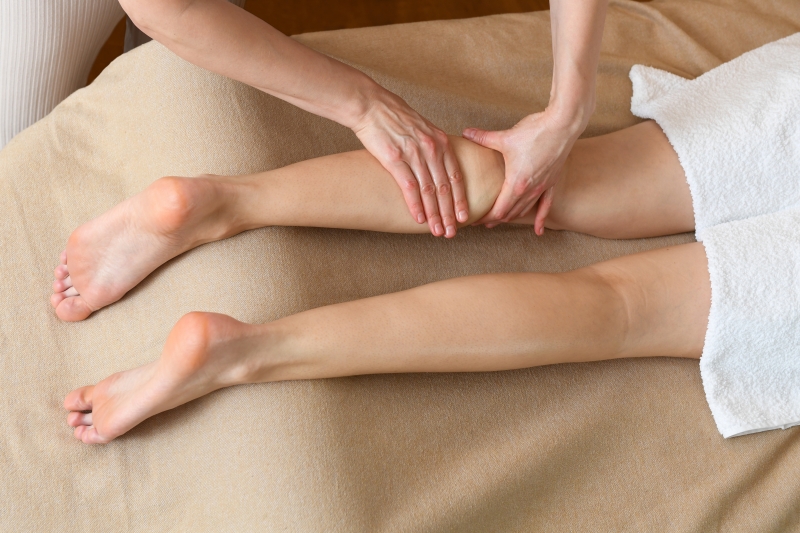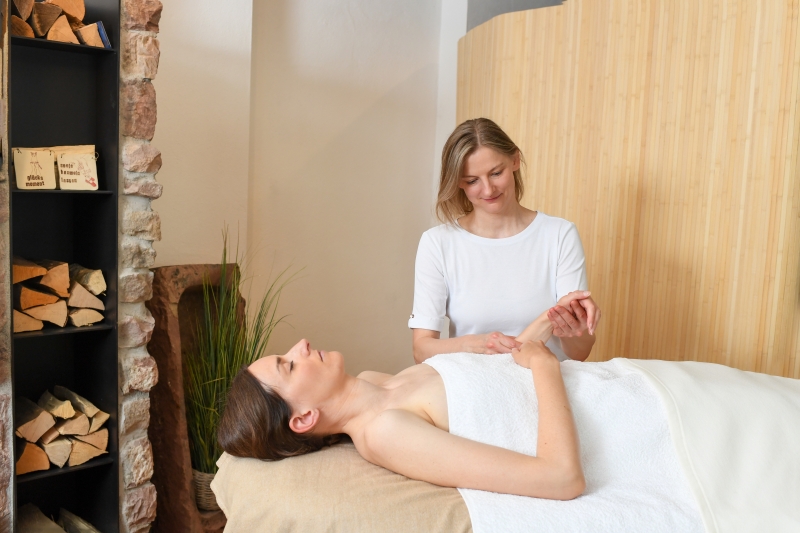Origin of swedish massage

The term “swedish” refers to performing the traditional version of the massage, employing the typical techniques of stroking (effleurage), kneading (petrissage) and circular movements (friction). The varied methods of application and the deep relaxation are reasons why a swedish massage is so popular.
Manual therapies were already practiced in ancient Egypt, China, and Greece: Hippocrates himself recommended massage techniques to promote blood circulation and cellular regeneration. In the 19th century, Swedish gymnastics pioneer Per Henrik Ling systematized these practices by deliberately applying stroking, kneading, friction, and tapping for preventive health care. His teachings laid the foundation for what is now known worldwide as “Swedish Massage,” which in German-speaking countries is often offered as classical massage.
Over the decades, the repertoire has been expanded with anatomical insights, modern approaches, and anatomically targeted strokes. Today, classical massage combines centuries of tradition with contemporary science—its goal remains to release tension, boost circulation, and sustainably enhance overall well-being.
Effect of the swedish massage
The swedish massage is a tried-and-true method for relaxing both body and mind. Whether after a stressful day at work or to aid in recovery, it helps you recharge your energy and boost overall well-being. At the same time, this technique balances mental and physical disharmonies.
The swedish massage can:
- relieve muscle tension
- improve mobility
- strengthen the immune system
- promote blood circulation
- create inner balance
- regulate muscle tone

Moreover, it also has cosmetic benefits: it promotes an even complexion and supports natural stress relief, as it exerts a deeply relaxing effect on the mind and the autonomic nervous system.
Procedure

The session begins with a brief introductory talk to help you settle in. During this time, I take the opportunity to discuss your symptoms, wishes and the treatment’s main focus with you. Meanwhile, you’ll be served a warming or refreshing drink to optimally prepare your circulation and body for the massage.
The partitioned changing area is located just beside the massage table. During the massage, you’ll lie comfortably on the heated table, draped in towels and a blanket—keeping you warm so you can fully relax. Only the part of your body being worked on is uncovered, preserving your privacy and ensuring you feel completely at ease.

The actual massage is done for the time we agreed on. A 30- or 60-minute massage is usually done while lying face down, unless you prefer otherwise. A 90-minute massage includes time while lying face down and face up. Unless it’s a back-only massage, I start with the legs. While I work on them, a warm pack helps loosen tight areas in your back to get it ready for the massage.
I adjust the pressure to your preferences and needs—whether you’d like a gentler massage or deeper, firmer work on tight areas. After the massage, there’s about 10 minutes of rest time where you can just relax (this isn’t part of the massage time). Then you can sit up slowly and have something to drink to give your circulation a moment to settle.
In a brief follow-up discussion, we’ll talk about how you’re feeling and whether any further measures are needed. During this time you’ll be served a drink that not only nicely rounds off the treatment but is also good for your body. It’s important to make sure you stay well hydrated after the massage.
Limits and precautions
There are certain medical conditions for which I am not permitted to perform a classical massage, as doing so could worsen the condition or cause other unwanted effects. These include:
- Inflammations in or on the body, open injuries, and wounds
- Acute cardiovascular diseases (heart attack, angina pectoris, high blood pressure, etc.)
- severe osteoporosis (bone demineralization)
- Increased bleeding tendency (due to medications such as aspirin, warfarin, etc., or hereditary causes)
- Febrile illnesses and general malaise
- Varicose veins
- Cancer and malignant tumors
- Thrombosis and vein inflammation (phlebitis)
- Peripheral arterial occlusive disease (PAOD) and atherosclerosis
- Severe psychiatric disorders (severe depression, schizophrenia, etc.)
- Pregnancy (1st through 4th month) and high-risk pregnancies
- Use of immunosuppressants (e.g., following organ transplantation)
Here you can book an appointment for a swedish massage.
